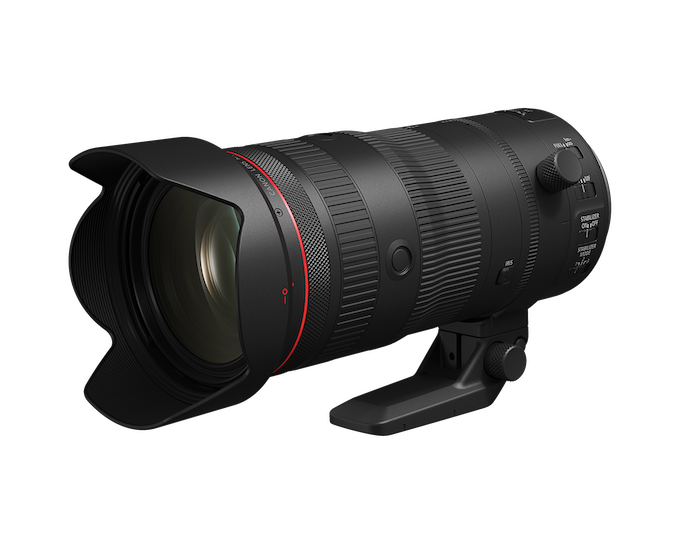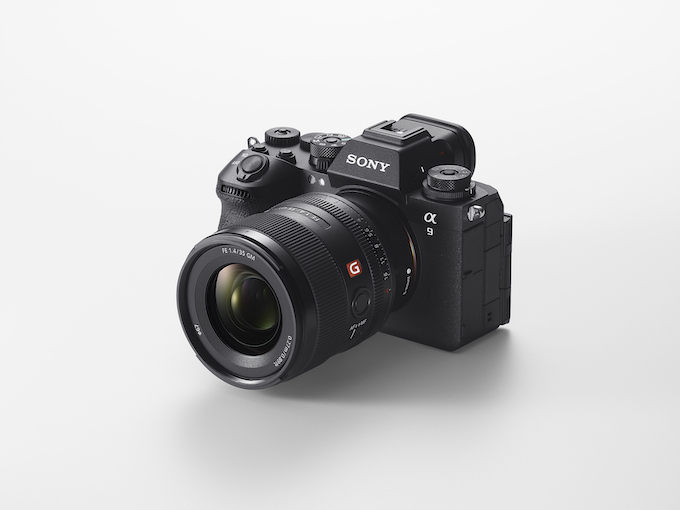The 24-70mm is the backbone of many a gear bag, but just how well do these lenses hold up after the wear and tear of field use?
The rental service LensRentals has a rather unique perch from which to judge the durability of various pieces of photo gear–they have multiple copies of a single lens in constant circulation among the photography and filmmaking industries and are frequently repairing them. They’ve given Rangefinder an exclusive look at 24 months worth of data on 24-70mm lens performance in the field.

Before we dig into the rankings, here’s a quick primer on how LensRental generated their numbers. The company bases its results on “repair events”—or an instance of when a piece of equipment is sent to the repair department. According to LensRental, just because a camera body or lens is sent to the repair shop doesn’t necessarily mean it’s busted.
“When a customer reports an issue with a piece of equipment, it is always sent to the repair department for a thorough check,” the company tells us. “It could simply be a case of user error, or the customer’s equipment that is actually in need of repair.” Other cases of repair are simple cleanings like dust removal, even dust removal for cosmetic reasons. So you shouldn’t automatically associate a high level of repair events with defective construction.
The LensRental data was derived from relative repair percentages and average rentals and rental days for each item in a given category. They then developed a curve that best matched each data set, the company tells us. “What we found for each group is that a linear curve fit best. In other words, our data found that a lens has the same likelihood of failing on its 40th rental as it does on its [first] rental. We used the equations to generate predicted repair rates, based on the average rentals and rental days for each item. We generated a ‘Repair Score’ by dividing the predicted rate of repair by the actual rate of repair.”
A Repair Score greater than 1.0 indicates an item with an actual repair rate that is lower than the predicted repair rate, and a score below 1.0 indicates a repair rate that’s higher than predicted.
So here are the repair scores for LensRental’s most popular 24-70mm DSLR lenses:
Canon 24-70mm f/2.8L – 1.46
Sony-Zeiss 24-70mm f/2.8 ZA – 1.16
Nikon 24-70mm f/2.8 AF-S ED – 1.13
Canon 24-70mm f/2.8L II – 1.04
Sigma 24-70mm f/2.8 DG HSM – 0.90
Tamron 24-70mm f/2.8 Di VC – 0.87
Sigma 24-70mm f/2.8 DG HSM – 0.73
Sigma 24-70mm f/2.8 DG HSM – 0.69
Tamron 24-70mm f/2.8 Di VC – 0.67
Canon 24-70mm f/4L IS – 0.38
It’s important to point out the LensRental data may not be indicative of typical use. As the company tells us, “even an item with a poor score in our data is not necessarily likely to fail in the hands of a typical consumer.” For one thing, the data doesn’t account for directly for item weight or internal complexity. Lens data also doesn’t take into account image quality. For instance, tack sharp lenses are often adjusted if there’s a slight softening at an edge whereas a lens that’s less sharp to start with may not get flagged for as many optical adjustments. In this way, sharp lenses may end up being repaired more than average to keep them at the top of their game.





